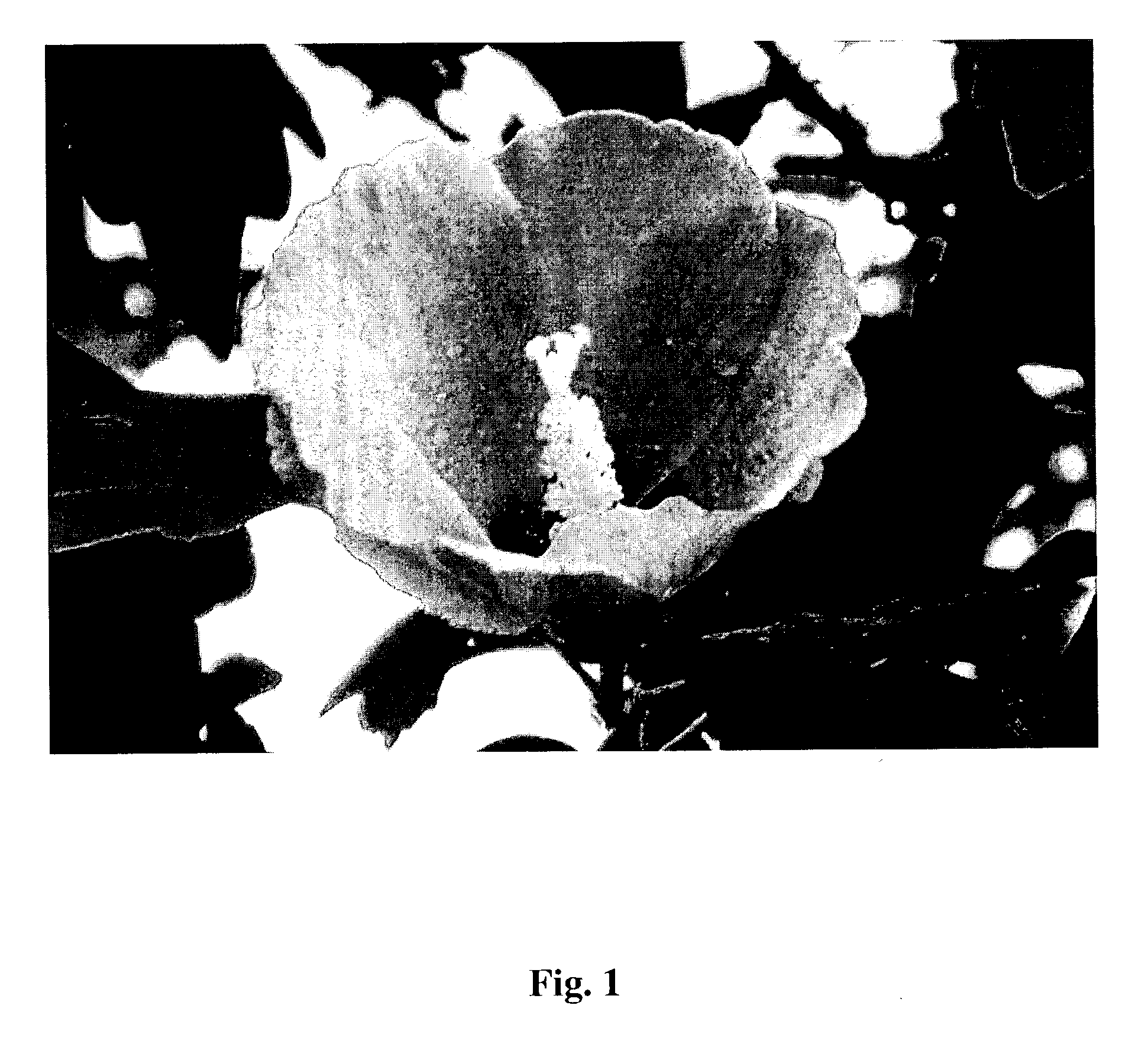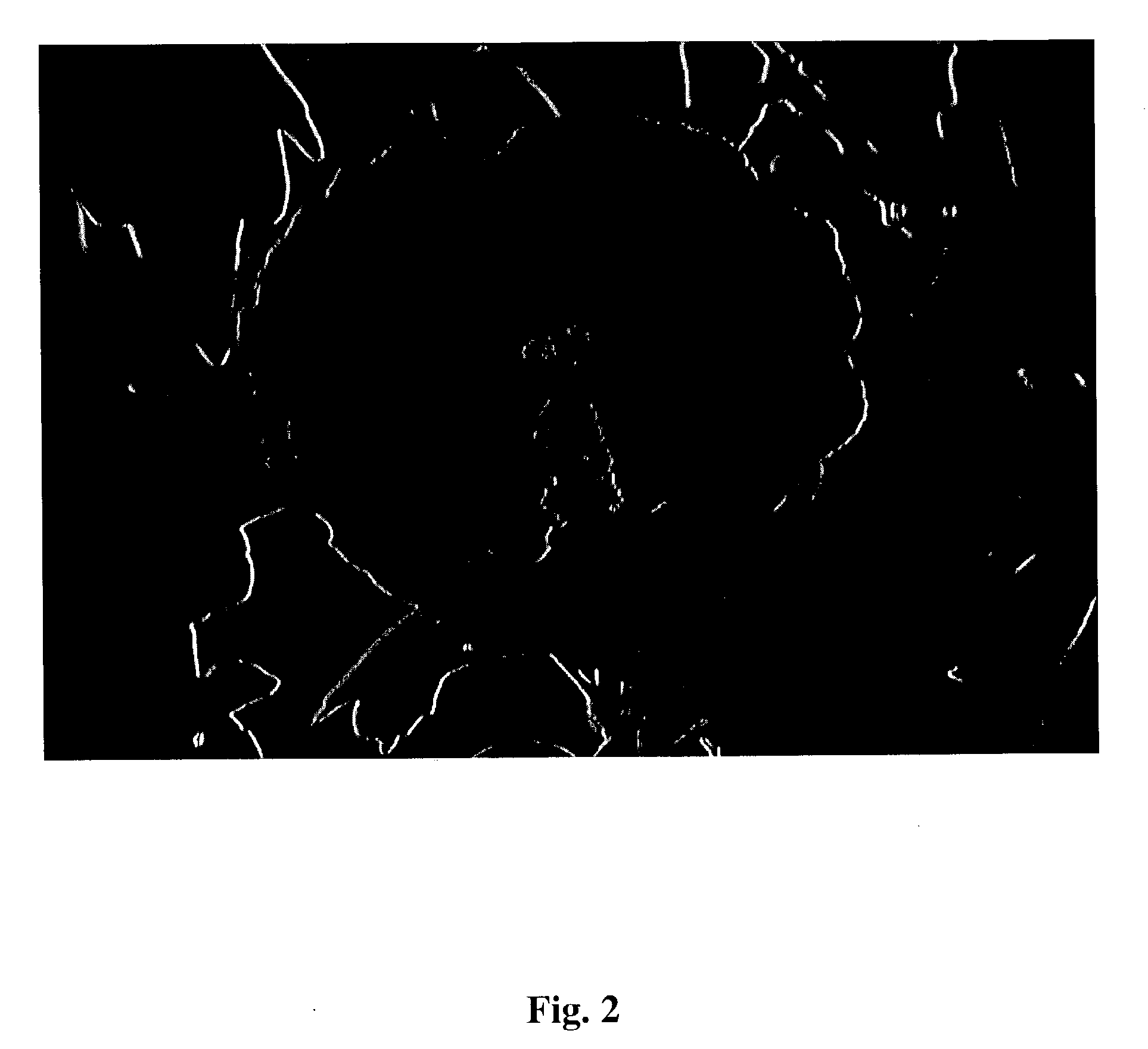Methods and systems for objective measurement of video quality
a video quality and objective measurement technology, applied in the field of methods and systems for objective measurement of video quality, can solve the problems of time-consuming and expensive, inability to achieve real-time results, and many limitations
- Summary
- Abstract
- Description
- Claims
- Application Information
AI Technical Summary
Problems solved by technology
Method used
Image
Examples
embodiment 1
[0019] Embodiment 1
[0020] The present invention for objective video quality measurement is a full reference method. In other words, it is assumed that a reference video is provided. In general, a video can be understood as a sequence of frames or fields. Since the present invention can be used for field-based videos or frame-based videos, the terminology "image" will be used to indicate a field or frame. One of the simplest ways to measure the quality of a processed video sequence is to compute the mean squared error (MSE) between the source and processed video sequences as follows: 1 e mse = 1 LMN l m n ( U ( l , m , n ) - V ( l , m , n )) 2
[0021] where U represents the source video and V the processed video sequence. M is the number of pixels in a row, N is the number of pixels in a column, and L is the number of the frames. The PSNR is computed as follows: 2PSNR = 10log 10( P 2 e mse ) ( 3 )
[0022] where P is the peak pixel value. However, it has been reported that the PSNR (Peak ...
embodiment 2
[0037] Embodiment 2
[0038] Most color videos can be represented by using three components. A number of methods have been proposed to represent color videos, which include RGB, YUV and YC.sub.rC.sub.b [2]. The YUV format can be converted to the YC.sub.rC.sub.b format by scaling and offset operations. Y represents the grey level component. U and V (C.sub.r and C.sub.b) represent the color information. In case of color videos, the procedure described in Embodiment 1 may be applied to each component and the average may be used as an objective video quality metric. Alternatively, the procedure described in Embodiment 1 may be applied only to a dominant component, which provides the best performance, and the corresponding edge PSNR may be used as an objective video quality metric.
[0039] As another possibility, one may first compute the edge PSNR of a dominant component and use the other two edge PSNRs to slightly adjust the edge PSNR of the dominant component. For example, if the edge PSNR...
embodiment 3
[0043] Embodiment 3
[0044] FIG. 10 illustrates a system that measures video quality of a processed video. The system takes two input videos: a source video 100 and a processed video 101. If the input videos are analog signals, the system will digitize them, producing both source and processed video sequences. Then, the system computes an objective video quality metric using the methods described in the previous embodiments and output the objective video quality metric 102.
PUM
 Login to View More
Login to View More Abstract
Description
Claims
Application Information
 Login to View More
Login to View More - R&D
- Intellectual Property
- Life Sciences
- Materials
- Tech Scout
- Unparalleled Data Quality
- Higher Quality Content
- 60% Fewer Hallucinations
Browse by: Latest US Patents, China's latest patents, Technical Efficacy Thesaurus, Application Domain, Technology Topic, Popular Technical Reports.
© 2025 PatSnap. All rights reserved.Legal|Privacy policy|Modern Slavery Act Transparency Statement|Sitemap|About US| Contact US: help@patsnap.com



